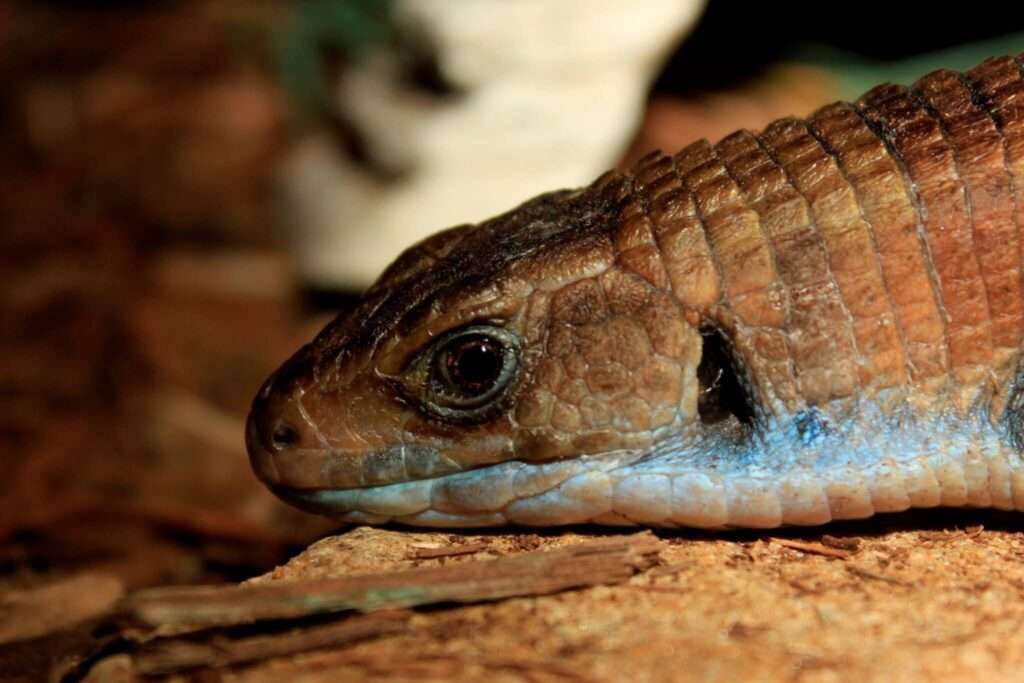
Description:
Scientific name: Gerrhosaurus major
Life span: 10 years- up to 23 years
The Sudan plated lizard is a medium-sized lizard with a tail that is just slightly longer than its body length, which can reach lengths of 20 to 24 inches. They have short limbs, somewhat broad tails, and sturdy bodies.
The look of this species, which is strongly armored, makes it easy to identify. Transverse bands of more or less square plate-like keeled scales cover the body and tail, and the head shields are united to the skull. The animals’ armour gives them an unusual appearance of Prehistoric reptiles.
Tawny, greyish brown, or dark brown with cream-colored patches or striping, and a pale underside, are some of the colorations. Guys can have brightly colored necks during breeding season, and they are often bigger than females.
Native Region/Habitat
East and central Africa, encompassing Tanzania, Kenya, and Mozambique, are home to the Sudan plated lizard. Among coastal forest, thicket, moist savannah, and dry savannah habitats, they favour rocky, semi-open locations. They appear to favour rock crevices and heaps in particular.

Behavior:
The Great Plated Lizard is nocturnal and regarded as a shy creature, yet males can occasionally fight one another over claims to a particular region. When threatened, it typically chooses to defend itself by using its plated tail rather than biting.
Care As a pet/In captivity:
Although plate lizards are normally highly timid, they are docile and easily tame with repeated handling.
The terrarium must be at least 48″L x 24″W x 24″H in size, with bedding that enables burrowing and digging. There should be plenty of places to hide in the enclosure to make them feel safe.
The cage must feature a localized basking region with temperatures between 105 and 115 °F, as determined by a digital probe thermometer or infrared thermometer, and a daylight temperature of 70 to 85 °F. During night, the enclosure should be allowed to cool off, but it shouldn’t go below 60 °F. Sudan plated lizards should also have access to a top-notch T5 HO (desert) UVB lamp, which should be installed on the same side as the heat lamp and measure half the length of the enclosure. Although being a very arid species, they thrive in environments with higher humidity levels, up to 80%.
Sudan plated lizards will consume other insects, including live crickets and dubia roaches. They will take leafy greens like carrots and grated sweet potatoes, as well as endive, escarole, collard greens, and mustard greens. Berries and mango slices, for example, can be utilized as snacks. Avoid citrus fruit (like oranges) and other acidic fruits as they can lead to stomach ulcers and digestive issues. Depending on the size of the individual, some keepers also give their plated lizards the odd little pinkie mouse. Always keep a bowl of fresh, clean water nearby.
Table





